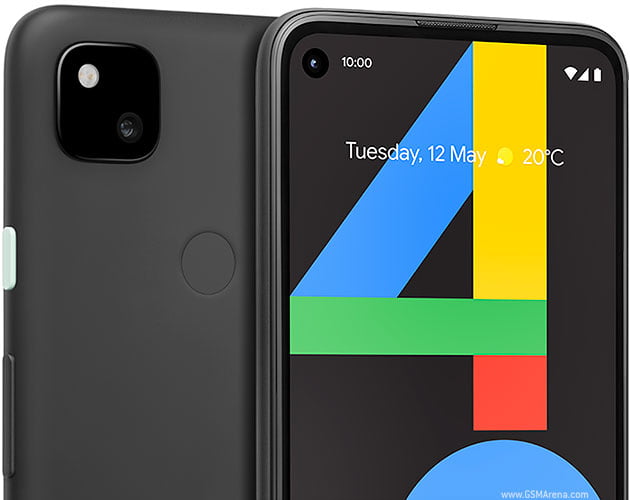We review all the key aspects of the Google Pixel 4a, producing impressive results through its camera.
The Google Pixel 4a is the last Google phone to arrive in Spain, a mobile that for another year offers what for many is the best Android camera at a price that costs half that of its main photography rivals, a mobile that covers many of the weaknesses of the previous generation. But is this enough?
If you regularly read blogs or watch current technology videos, this phone will be familiar to you. The reason is because a user was able to get hold of a unit and perform all kinds of reviews . This mobile phone is essentially the same one that was already leaked a few months ago, and although with regard to its technical data sheet there is no surprise, we do have a lot to tell about the experience of use having spent a few days with it.
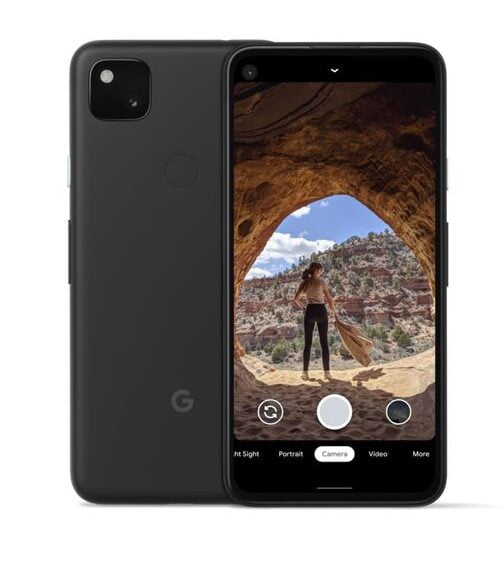
- Google announced Pixel 4a, its latest ‘low-cost’ mobile
- Huawei challenges Google again with its gaming hub: GameCenter
- How many iPhone components are made by Samsung?
Technical specifications of the Google Pixel 4a
Screen
Size: 5.81 inches
Technology: OLED HDR
Color depth: 24 bit
Contrast: 100,000: 1
Resolution: FullHD + (1080 x 2340)
Aspect ratio: 19.5: 9
Always-on screen
Gorilla Glass 3
Performance
Processor: Qualcomm Snapdragon 730G
RAM: 6GB LPDDR4X
Storage: 128GB UFS 2.1
Cameras
Main: 12.2MP sensor with Dual Pixel technology
Pixel size: 1.4μm
Autofocus and phase detection with Dual Pixel
Optical and electronic image stabilization
Aperture: f / 1.7
Field of view: 77°
Front camera: 8 MP sensor
Pixel size: 1.12μm
Aperture: f / 2.0.
Fixed focus
Field of view: 84°
Photography modes: HDR + with double exposure controls
Night vision in both cameras
Astrophotography
Portrait mode on both cameras
Other modes: Panoramic, spherical photo, slow motion, accelerated sequence and Google Lens
Video recording: 720p at 30, 60, 120 and 240fps
1080p at 30, 60, and 120fps
4K at 30 fps
Video stabilization
Sound
Dedicated audio DSP
Stereo speakers
3.5mm headphone jack
Compatible with M3 / T4 headphones
Battery
Capacity: 3,140mAh
18W USB Power Delivery 2.0 fast charge
Charger with USB C to USB C (USB 2.0) cable included
Operating system
Android 10
Android updates for 3 years
Monthly security updates for 3 years
Others
Dimensions: 144 x 69.4 x 8.2mm.
Weight: 143 grams
Titan M security chip
Polycarbonate construction
Fingerprint sensor
Compatible with ARCore, Google Stadia and Netflix HDR
USB C 3.1 gen 1 port
USB OTG dongle included in box
3 months of YouTube Premium and Google Play Pass
Improvements over the Pixel 3a
The predecessor of this phone, Pixel 3a was one of the best phones of 2019. It offered a unique experience in which the specifications stayed in the background and the experience of Android usage and photography were at the top.
However, at the hardware level it was difficult to recommend it. Even if software is finally the most important section in the user experience, in the end exceptional hardware gives you the ability to run the best applications and games, so neither of the two sections should be left out.
Has the second generation of affordable Pixel phone changed anything? Let’s dive deep.
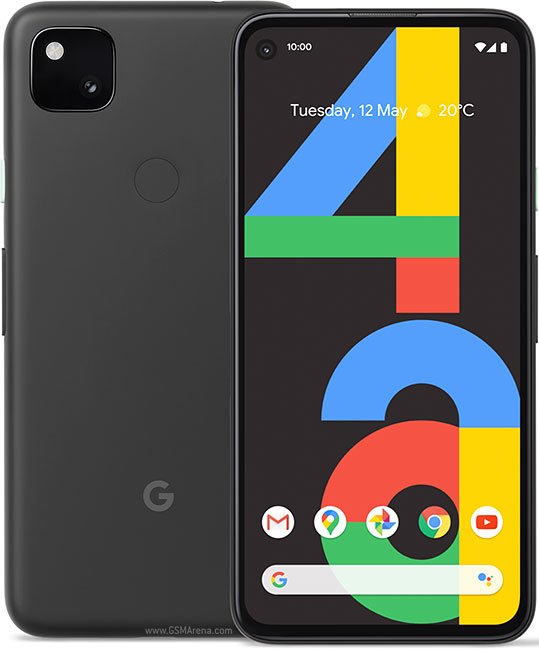
The hardware
The previous model had a Snapdragon 670, 4GB RAM and 64GB internal eMMC 5 storage, while with Pixel 4a, we jump to a Snapdragon 730, 6GB RAM and a base storage of 128GB, this time with UFS 2.1 memory. The upgrade is great, but the processor remains a generation behind its direct rivals.
Screen
Google has decided to bet on what they call “the perfect size”. Instead of two models of 5.6 and 6 inches in 18:9 format, they stick with 5.8 inches in 19.5:9 format. If this screen size is familiar to you, it is not accidental, since it is the one that Apple has been using with the iPhone X, XS and 11 Pro, with the clear difference that, instead of a huge notch, we now have a small hole for the camera. Google used an OLED panel with HDR10+ support (and compatible with Netflix’s HDR as well).
Sound
There are two speakers, headphone jack and a dedicated sound DSP in Google Pixel 4a. ANd these come together to bring one of the best sound experiences you can have on a smartphone.
Camera
Snapdragon 730 does not take as much time to process the images as the 3a’s 670 did. It was one of the most uncomfortable aspects of the previous generation. The camera is also smarter now and has Google-exclusive features like astrophotography mode.
Size
The Google Pixel 4a is a unique mobile with its format, and you will not find a similar mobile in the market. This year Google has decided to make only an affordable mobile, which has the compact size of the Google Pixel 3a but a screen size that is closer to that of the Pixel 3a XL.
According to Google, with this mobile they have aspired to create what they call the perfect size. The ambition is clear, although the definition is more ambiguous than it seems. What exactly is the perfect size? Is there just one perfect size?
We have a all-screen front, a 5.81-inch size and 19.5:9 aspect ratio with some frames that can be seen on all four sides, but that while keeping the size relatively small.
The feeling is similar to that of an iPhone, that as much as its frames are thick by current standards, maintaining a perfect order is not so scandalous in its daily use. In the case of the Pixel 4a this concept gets along very well and it is very attractive to have it in hand.
The only thing that perhaps spoils it is the front camera, which is located in a hole in the upper left corner, although it still looks very good. Google has taken this design factor into account in the software, giving the status bar a break.
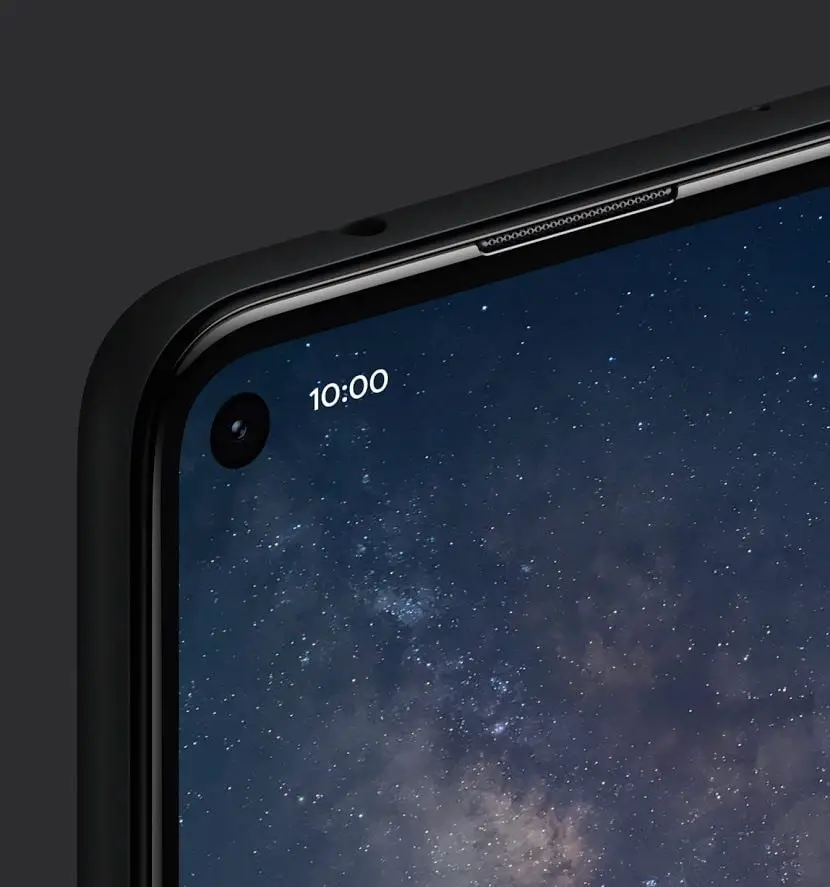
Ergonomy
The perfect size goes beyond the size of the screen and the frames, and that is that in dimensions and weight this mobile is very small. With 143 grams, the Pixel 4a is very comfortable to use on a day-to-day basis, especially when we are used to the standard being around 200 grams, even in more extreme cases such as the best of gaming mobiles, 240 grams.
To achieve this low weight, Google has had to make a series of design decisions, such as using polycarbonate in the chassis, with a matt, soft and pleasant touch.
The buttons, located on the right side, follow the classic Google location and a design like that of the Pixel 4. The mint color of the button gives a fresh and differential touch to the device.
Software and updates
One of the most visible value of the new Pixel 4a is the updates, and it is because the manufacturer is Google, so since its launch, each Pixel has a minimum of 3 years of updates. Pixel 4a keeps this promise intact.
Now taking into account that the new phone will go on sale on October 1, it is expected that for its launch it will be already updated to Android 11 and for its 3 years of updates from the date sales receive up to Android 14 (which might arrive between August and September 2023).
Beyond longevity, there is the quality of the updates. The rest of the Android manufacturers usually update quickly (within 3 months) their best mobile of the year, but the following year you are already in the background, and the most likely is that the next you will not receive anything. In the Pixel family, all mobiles are updated on launch day without any delays.
As for security, every month the Pixel 4a will get monthly security update. In this sense, there are many manufacturers that compete or even offer better support (such as Samsung in the high-end, which comes to offer 3 years of monthly updates and a fourth year of quarterly updates) but it is still a great added value.
As a last factor we have the Pixel Feature Drops, a new Google update system through which they add new functions on a quarterly basis, an update system that does not replace the other two, but rather complements it and gives it added value.
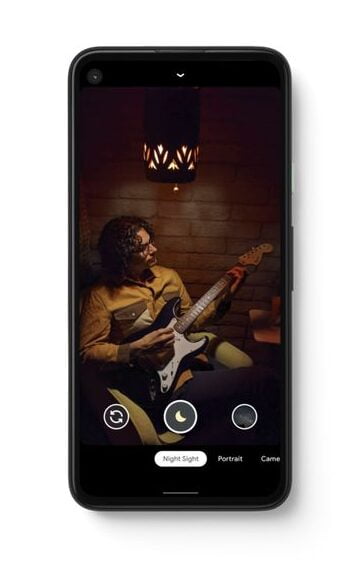
Experience over specifications
Google bets its best in the high-end models of Pixel family, but for all models they have learned the most valuable lesson, experience matters over specifications. Just like Apple did with the iPhones from its first day.
Components improve in every generation, but the final focus is on the user experience, a user experience for humans who are not obsessed with data sheets, but with what their phone allows them to do.
In this sense, beyond pure Android the Pixel family have some privileges. One of our favorites is Now Playing, an app created with artificial intelligence capable of recognizing songs and saving them in history. It is like Shazam, but always active, offline and brings no additional battery consumption.
Other privileges are on top of the Google services, like ARCore or the recent Google Stadia. Whenever Google launches a new technology, it will always come to the Pixel family first, and this aspect is remembered only when they launch any new function and you stay waiting for months because you simply chose another brand.
The camera is impressive
Since 2017, starting with Pixel 2, Google has been considered one of the best brands for mobile photography, in which the competition is tougher than ever and each manufacturer has its tools and objectives.
In terms of photography, Google focuses on offering consistency in the results. This consistency is based on a very simple premise, and it is the prohibition of using second or third category sensors. That is why we do not see 3 or 4 rear cameras like in the rest of mobiles, but a single sensor.
There is no depth sensor in Pixel 4a. It is often used by cameras to offer a better portrait mode. Google does not need this, since the combination of Dual Pixel technology and software, it achieves one of the most striking portrait modes. Both in the rear and front cameras, we must add.
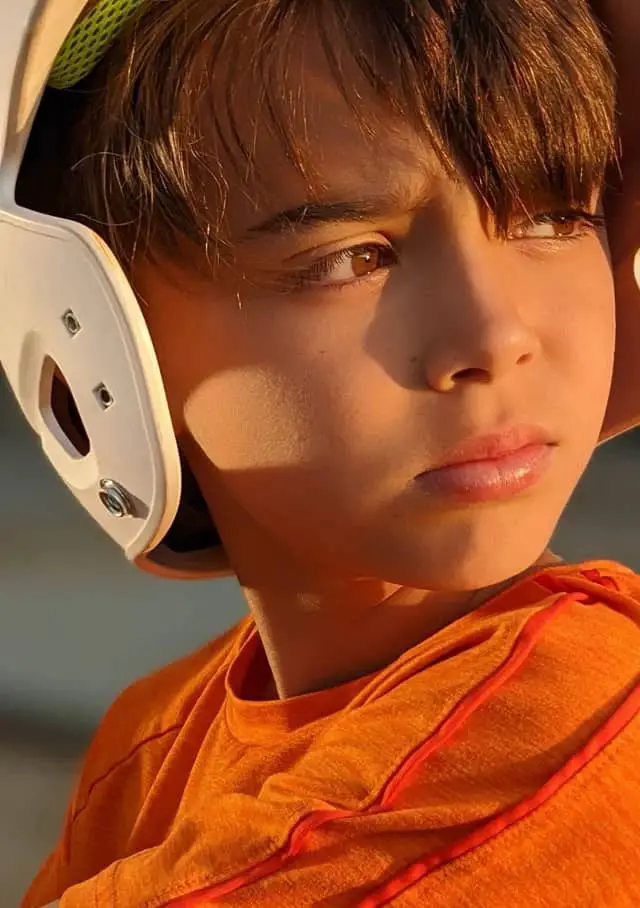
Although in other Pixel models Google didn’t use a telephoto sensor, and handled it with its Super Res Zoom, an optical stabilization tech. This time we have a telephoto sensor in the Pixel 4a.
Google is so confident in Super Res Zoom, they don’t use macro lenses in Pixels, yet the camera can shoot OK.
Regarding the main camera, the fact that Pixel 4a has only a 12.2MP sensor in a world where the competitors use up to 108MP is a bit surprising. But not in a bad way. Instead, Google relies on software and a lot of shots the camera takes, so it combines the same image with various levels of exposure and creates a fine result.
This shooting is continuous, and the Pixel is taking them before you press the button. The moment you press the button, the Pixel takes the last images up to the point where you pressed the shutter and finished combining, thus giving us a sense of immediacy.
As an important novelty in Google’s HDR+ we have a double exposure control, which allows us to individually modify the light and shadow areas.
That immediacy has a bit of a catch, and if you go to the gallery quickly you will discover that the photograph is not ready yet and has to be processed. This process is somewhat slower than in the high-end Pixels since it does not have a dedicated processor (Pixel Visual Core in 2 and 3 and Neural Core in 4), but much faster than that of the Pixel 3a.

The portrait mode is amazing, the photos come out excellent not only with the rear camera, but also with the selfie cam. From the settings you can change the blur depth afterwards and even add Color Pop, a function that turns the entire out of focus area to black and white.
The night mode is still one of the best, and sometimes it seems that it works magic, offering scenes much more illuminated than what our eyes see. It also works with the front camera, something that for some reason many manufacturers with this mode omit.
The blurred background in the portrait mode

An impressive addition is astrophotography, a technology we met with the Google Pixel. This mode is hidden , and in order to use it it is necessary to activate the camera in night vision mode and leave the mobile completely still, so using a tripod is a recommended option. Once you point your Pixel 4a to the sky in these situations, a message will appear that the astrophotography mode is activated.
Now you can press the button to take a photograph and take a 3-minute shot, a time interval in which the phone must not move. The results are good, although the light pollution has left us wanting more.

The camera not only has direct access to Google Lens, but also has real-time integration. If we point the camera to a sheet of paper it will offer us to scan it to convert it to PDF or share it, in the same way that if it recognizes text so it will offer us to copy or translate it if it is in a language other than ours, if a QR code appears, it will show us a button to go to the address and much more.
The compromises Google had to have
In search of the “perfect size”, Google has had to make a series of compromises to achieve its long-awaited goal.
The first of these is performance and thermal design. Despite the fact that the Snapdragon 730 is an excellent chip, it is not going to perform consistently the same as other phones with the same processor and will heat up more . Even if the software is very efficient in many of the day-to-day tasks, there is no physical space capable of dissipating heat if we demand the maximum from it for a long time. To top it off, as it is a polycarbonate body with worse thermal conductivity, it will take longer to cool down and will retain the heat of the chip for a longer time. So if you won’t play games, you will have the whole day without charging.
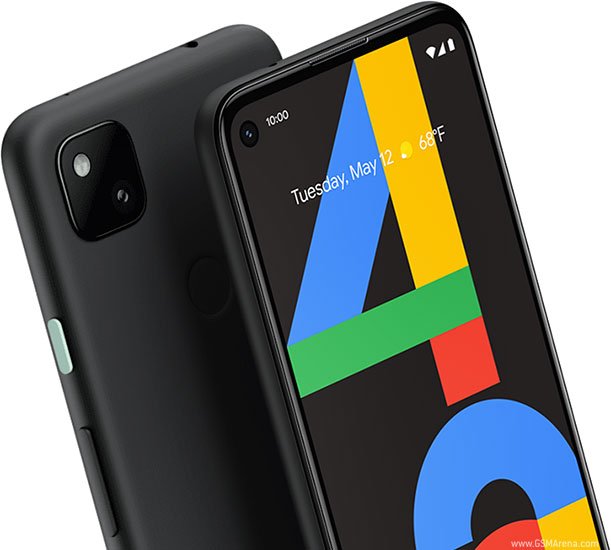
At an engineering level, it seems impossible to create a mobile that is small and light, with spectacular performance and great battery life, since enhancing one of these three aspects weakens the other two. In the end, if the specialized mobile phones in gaming are the largest and bulkiest in the industry, and this is for a reason.
The perfect size as a concept sounds great, but reality has shown us that today, that there is no single perfect size. Google did a great job of creating a perfect size for its purpose, but depending on your interests in a smartphone, this size can become imperfect or limited for you.
So long Active Edge…
The disappearance of Active Edge, a function that was present since the Pixel 2, is a bad news for Pixel fans. This function used the pressure sensors located on the sides of the device. When you squeezed the phone with your hand, it activated Google Assistant. It seems like an irrelevant function, but in the end, it ended up being the easiest way to use Google Assistant and Pixel users are used to it.

No the only way to start Google Assistant quickly is to slide from the corners of the mobile, something that is terribly uncomfortable, but given time, people will get used to it, yet will they like it?
Conclusion: 4a might be the best Pixel up to now
On a technical level, there are many compromises and they account for many good and some bad results. It is a comfortable and easy to use phone with one hand, but battery can’t stand for demanding activities like playing games. Google has focused on creating a mobile for people who are looking for a decent device with a decent experience, that can be controlled with one hand, that the battery can stand an intense day of work without problems, that the screen looks spectacular, with excellent sound and a camera unrivaled in terms of quality and reliability.
